How to grow beetroot in five easy steps - when to sow, plant and harvest this vibrant vegetable
Follow our growing guide and enjoy bumper crops of this versatile root
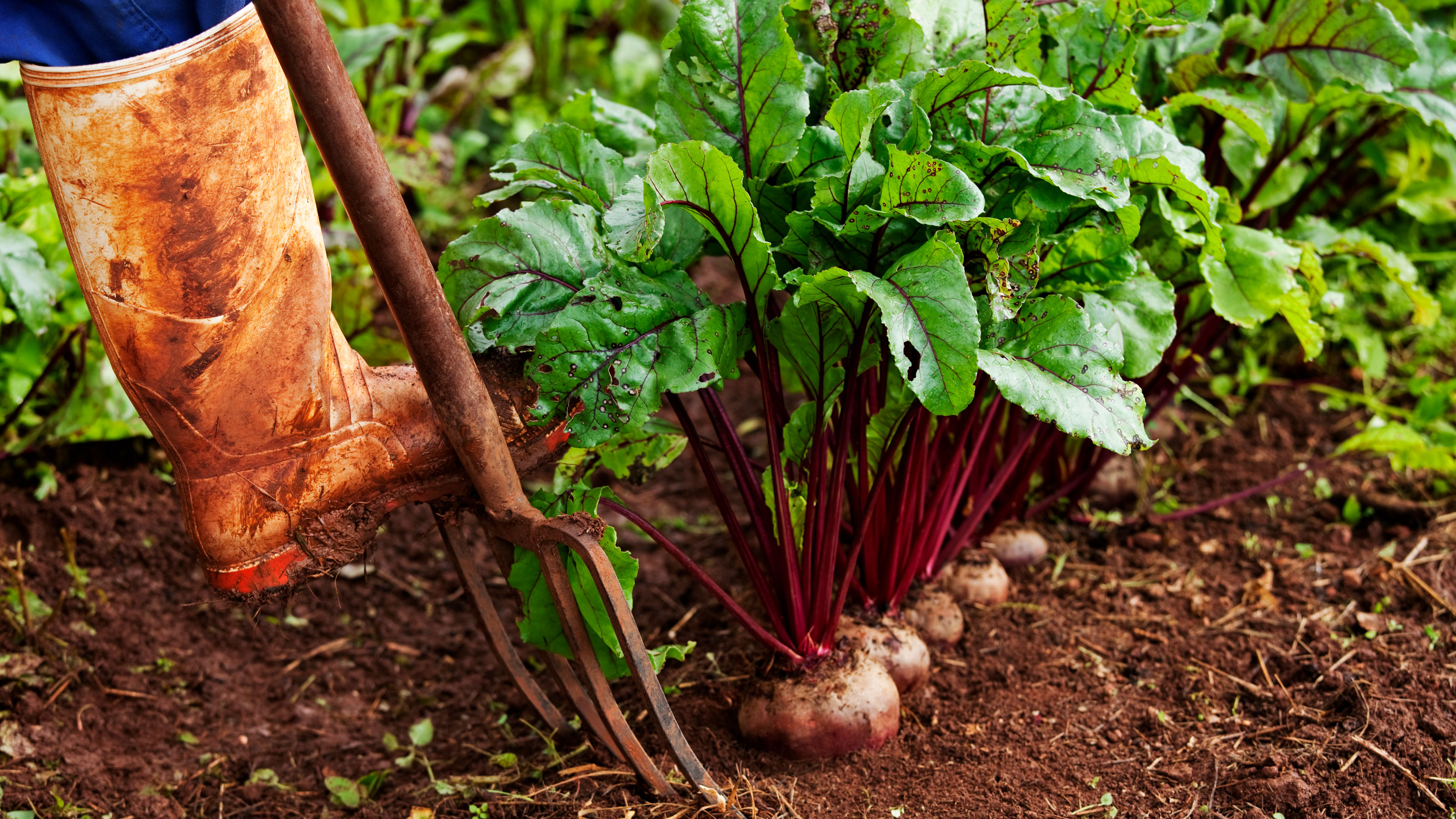
When we say beetroot, thoughts may immediately turn to the jars of vinegary slices of pickled beets, favoured at retro dinner parties, but believe us when we say, they are so much more than that.
So, if you want to learn how to grow beetroot, follow our gardening advice and you will be enjoying generous harvests in no time.
These earthy, sweet roots are perfect roasted, tossed in summer salads, as toppings to pizzas, and even in rich, gooey chocolate brownies (or indeed, as tasty home-made pickles, about as far removed from the shop-bought jars as you can imagine!) Plus, it is a great vegetable that can be grown in shade.
Emma O'Neill, head gardener at Garden Organic explains, 'Beetroot is a relatively easy crop to grow. It can be grown in full sun or dappled shade in almost any soil type. They grow quite happily with most other crops, but I usually plant them with our other roots such as carrots. There’s a vast array of varieties to choose from including heritage types so you’ll easily find one to suit your tastes.'
So, you no longer have to battle the purple staining when preparing beetroot if you don’t want to, thanks to varieties like the cheerful candy-striped ‘Chioggia’, the sunshine yellow ‘Burpees Golden’, and even the pure white ‘Albina Vereduna’, so there is something for everyone.
You may think this is all well and good, but without a large garden, is it even possible for you to grow beetroot? The answer is a resounding yes!
Wonderfully simple to grow, this is the perfect crop whether you have acres of space, a small balcony garden, or anything in between.
Emma O'Neill, head gardener at Garden Organic explains, 'You can sow from spring all the way through to mid-summer for a continual crop - and they’re sweet and tasty with the bonus of being a lovely colour. They can be eaten raw, boiled, or roasted and don’t take up too much space so they're perfect for smaller gardens and containers.'
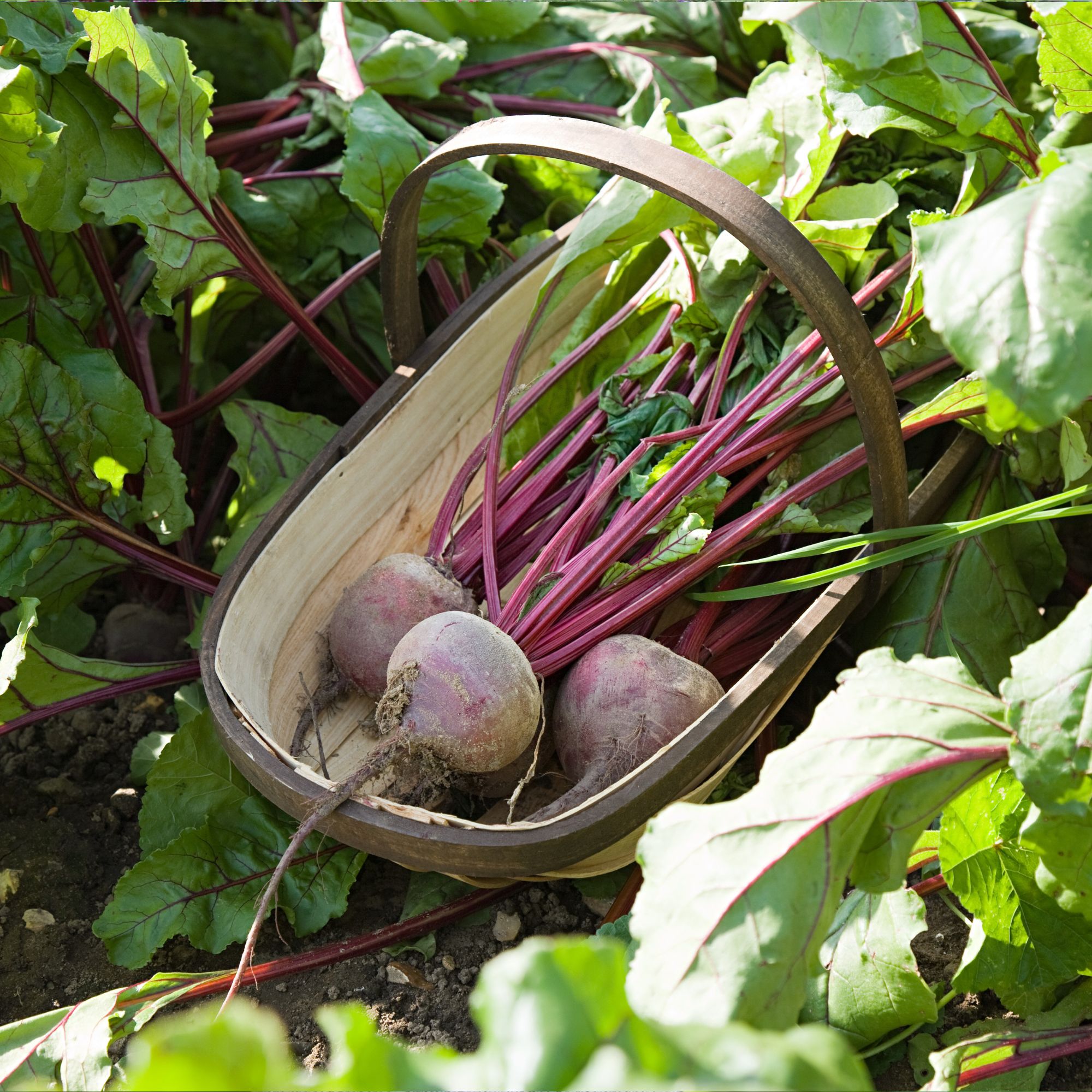
What you'll need
- Beetroot seeds - try Suttons Beetroot Rainbox Mix from Amazon or Boltardy beetroot seeds
- Seed trays or small pots - this biodegradable Cymax120 Cells Seed Starter Tray Kit available on Amazon is a great choice.
- Seed starting mix - This specially formulated Levington Seed & Cutting Compost, available at Robert Dyas will work well.
- Compost
- Fertiliser
- Vegetable pots or an outdoor plot
How to grow beetroot step-by-step

1. Choose your seeds
Depending on the time of year you are starting your beetroot, you can sow seeds either in modules under cover or directly in the ground where they are to crop.
Make sure seeds are purchased from a reputable supplier. Those wanting to get out of the starting gates early in spring, start your beetroot in modules filled with a good-quality, peat-free potting medium.
Outdoor sowings can commence from March or April time, depending on conditions where you are, and can continue right through until July.
2. Find the right spot
Ensure the ground where you will be growing your beetroot has been prepared in advance by removing weeds and adding a generous dose of well-rotted fertiliser.
Mark out your line and sow your beetroot seeds at a depth of 2.5cm, spacing rows 10cm apart to give the roots the space to grow on. If you are growing for full-sized roots, space each seed approximately 10cm apart from each other, or if it is baby roots you are looking for, you can sow a couple of seeds together.
Make small sowings every two or three weeks throughout the season (known as successional sowing) for a constant supply of beetroot across the summer and autumn months, rather than getting everything in the ground in one go and dealing with gluts come harvest time.
3. Planting out
If you started your seeds under cover, once they have germinated and had a couple of weeks of putting on good growth, you will need to transplant them outdoors into a prepared bed.
Space rows 10cm apart, allowing 10cm between plants. Hardening the seedlings off first is a good idea – this means gradually acclimatising the plants to outdoor conditions by leaving them out for extended periods of time each day.
4. Continued care
Beetroot is a largely unfussy plant, happy to grow in shady spots, and not requiring much TLC, other than watering during particularly dry spells. You will also want to remove any weeds competing for space and resources.
As each beetroot seed is in fact a cluster, thinning out will be required – but you don’t need to consign these miniature pickings to the compost heap – they are wonderfully tasty as microgreens, perfect for use in salads or sandwiches.
5. Harvest time
Garden Organic’s head gardener, Emma O’Neill, says 'Beetroot can be harvested when it’s small and sweet, about golf ball size - which is usually around 40-50 days. However, you can wait until they’re tennis ball size, which takes around 60 days. I advise not to leave them longer than this as they can become woody. And don’t forget about the leaves: they’re not only attractive but also edible.'
When your beetroot has reached the desired size, carefully pull up, making sure not to spear the roots with your hand tools – any that are damaged will not store well and will need to be used straight away. Store roots in a box of sand in a cool, dry spot (such as a shed), for a couple of months – and enjoy!
FAQs
Can you grow beetroot in pots?
Head Gardener at Garden Organic, Emma O'Neill, has good news for small space gardeners “Beetroot can be grown in containers, and we have grown them this way at our organic demonstration garden in Ryton - but a good depth and adequate spacing are important otherwise they can be too small.”
If you are growing in containers, keep in mind that your plants may need a little more watering than they would when grown in the ground.
So there you have it. Knowing how to grow beetroot will fill your vegetable patch or patio with this vibrant and delicious vegetable, perfect for salads and so much more.

Emma O’Neill is Garden Organic’s head gardener, She first studied horticulture at Pershore College in 2001 and has been gardening professionally since 2003 - working in a variety of different sites from National Trust gardens to a large private estate. She now manages a team of staff and volunteers, writes gardening articles for magazines and creates the occasional show garden. Her passion is herbaceous perennials and all things floral, but she loves to try new things.
Get the Ideal Home Newsletter
Sign up to our newsletter for style and decor inspiration, house makeovers, project advice and more.
Laura Hillier is an editor and content writer with more than 10 years of experience in horticulture and women's lifestyle journalism. Passionate about sustainability and the wellbeing benefits of being in the outside world, Laura is keen to inspire everyone to grab a little slice of the good life.
-
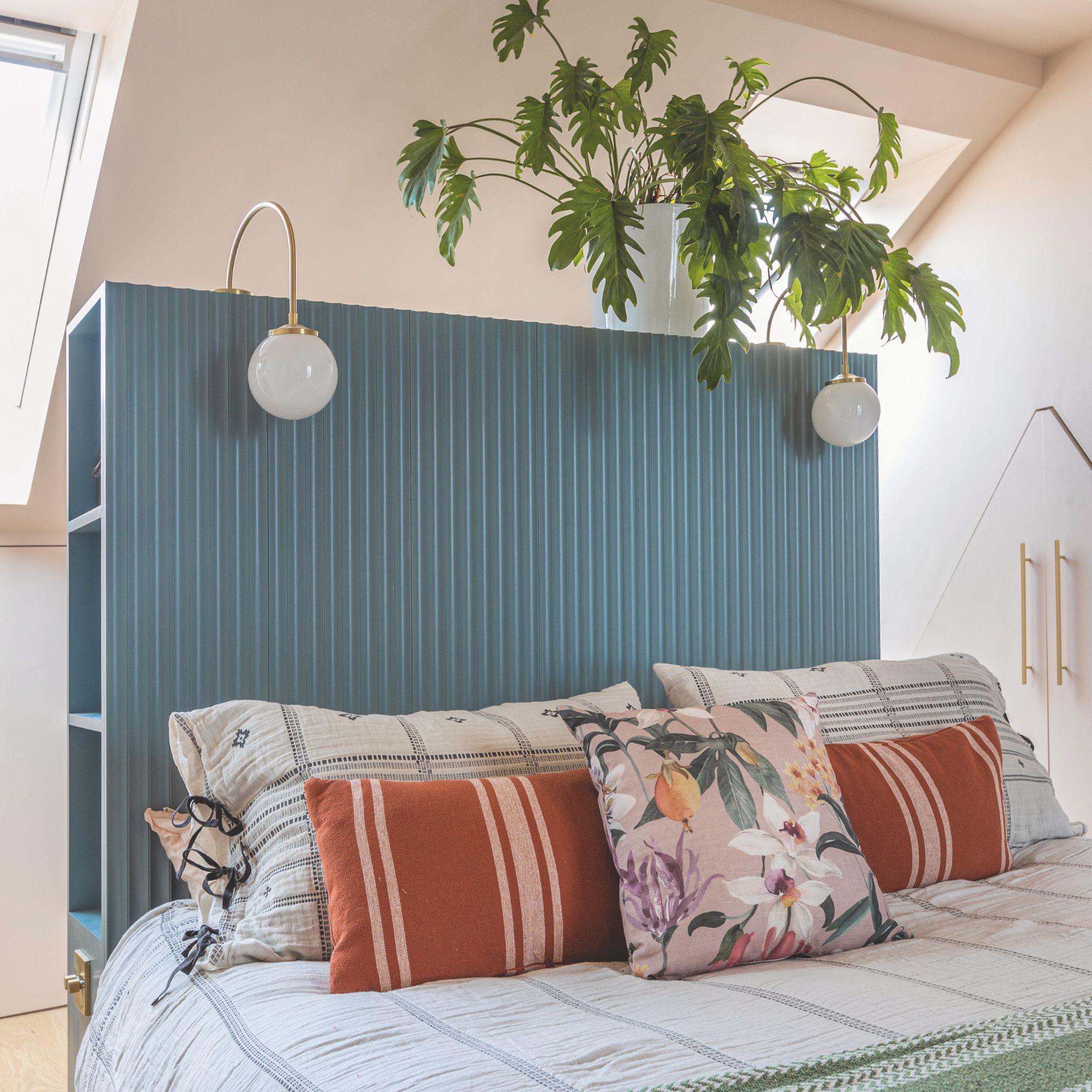 5 signs you’ve taken decluttering too far — and how you can pull yourself back, according to organisation experts
5 signs you’ve taken decluttering too far — and how you can pull yourself back, according to organisation expertsYou might have to start resisting the urge to purge
By Lauren Bradbury
-
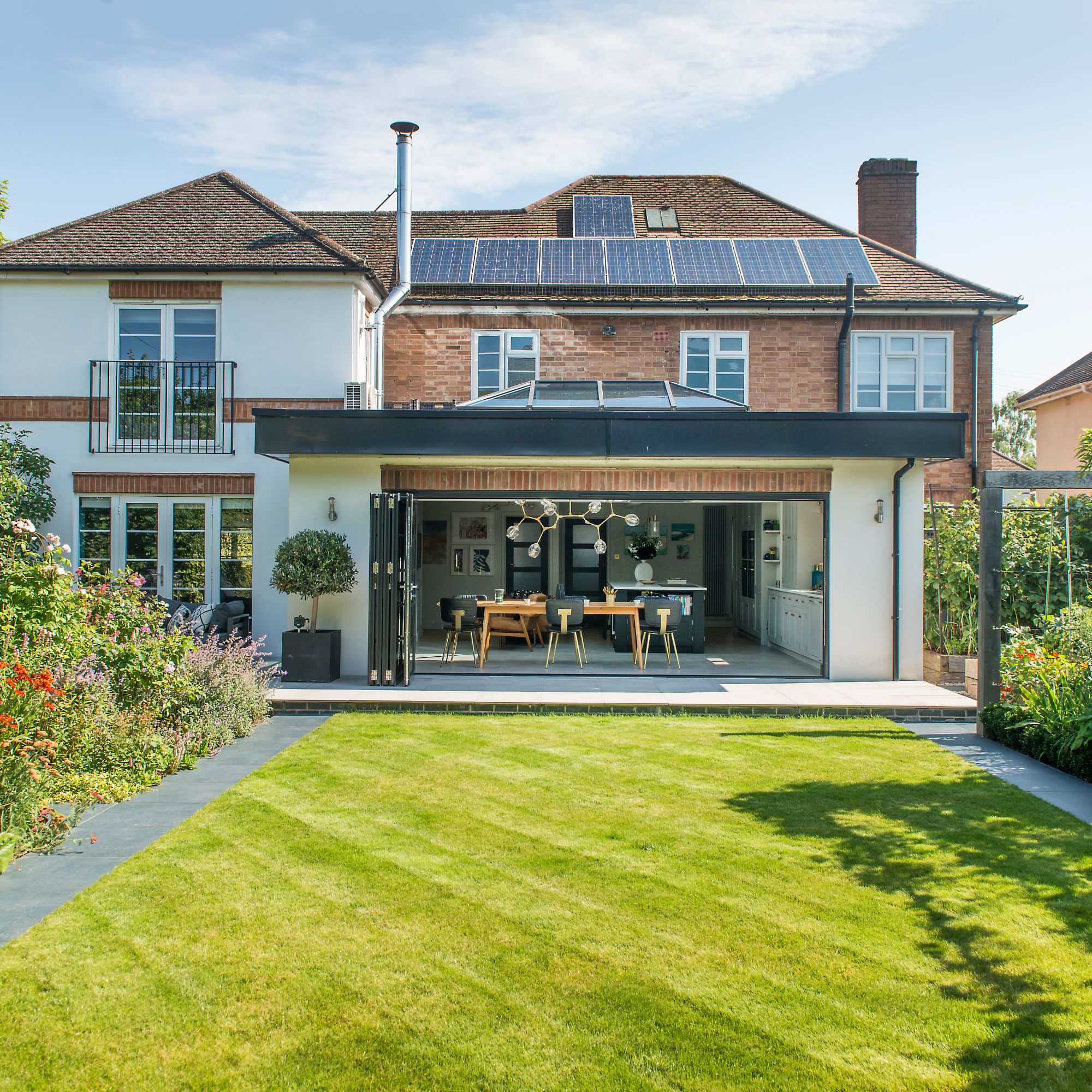 What is the Party Wall Act 3m rule and is it something you should be worried about? This is what the experts say
What is the Party Wall Act 3m rule and is it something you should be worried about? This is what the experts sayDon't get caught off-guard by the Party Wall Act 3m rule — our expert guide is a must-read
By Natasha Brinsmead
-
 Shoppers can’t get enough of The Range’s lemon tree, but I’ve found an even cheaper bestseller at B&Q - it’s perfect for a Mediterranean look
Shoppers can’t get enough of The Range’s lemon tree, but I’ve found an even cheaper bestseller at B&Q - it’s perfect for a Mediterranean lookWelcome the summer with this glorious fruit tree
By Kezia Reynolds
-
 Shoppers can’t get enough of The Range’s lemon tree, but I’ve found an even cheaper bestseller at B&Q - it’s perfect for a Mediterranean look
Shoppers can’t get enough of The Range’s lemon tree, but I’ve found an even cheaper bestseller at B&Q - it’s perfect for a Mediterranean lookWelcome the summer with this glorious fruit tree
By Kezia Reynolds
-
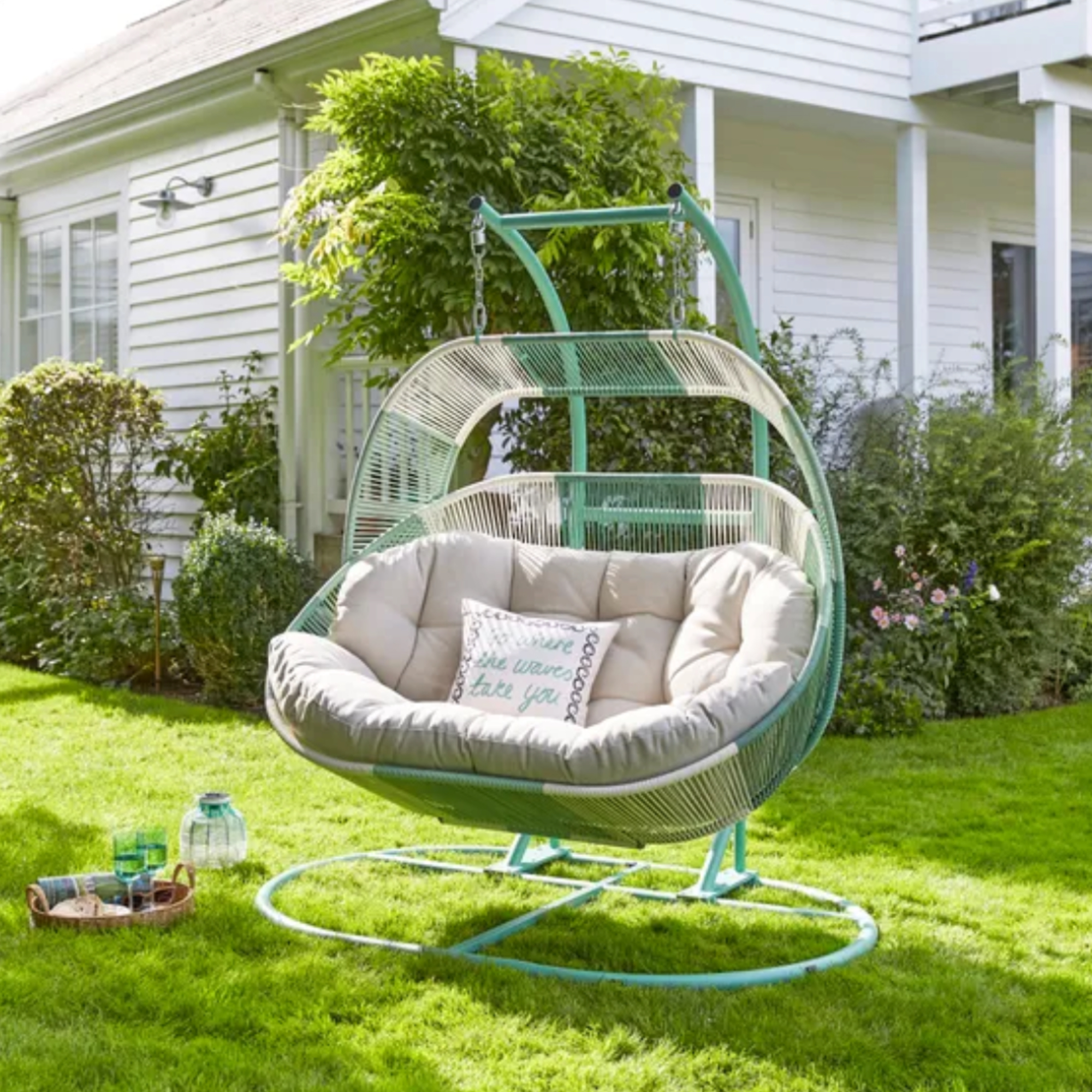 I'm a stylist with an eye for expensive-looking high street finds – these 6 garden furniture pieces at Dunelm are on my radar
I'm a stylist with an eye for expensive-looking high street finds – these 6 garden furniture pieces at Dunelm are on my radarThese pieces all look more than their price tag
By Laurie Davidson
-
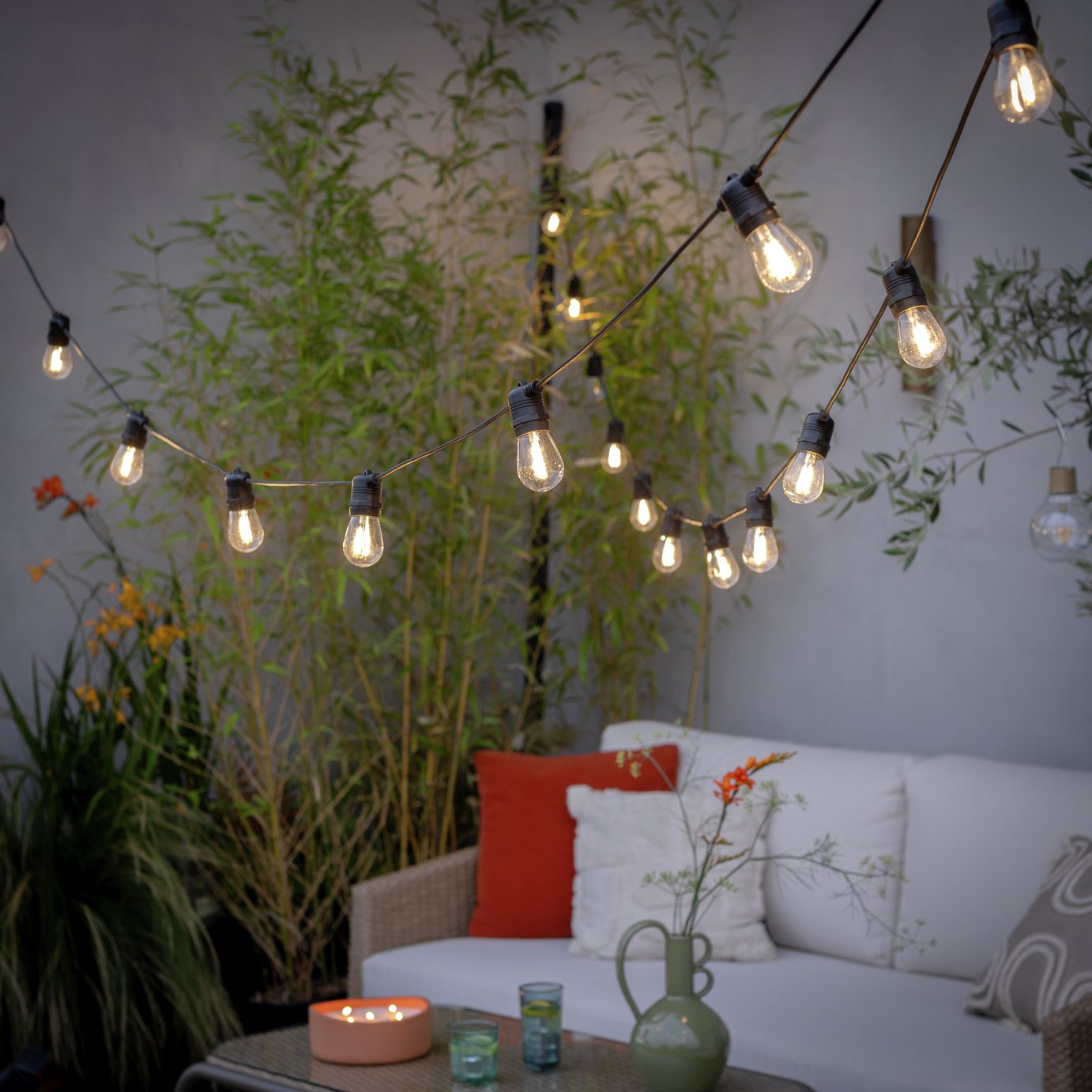 The 6 outdoor lights from Habitat that I'm choosing between to make my outdoor space look more expensive this summer
The 6 outdoor lights from Habitat that I'm choosing between to make my outdoor space look more expensive this summerI couldn’t believe some of the prices
By Ellis Cochrane
-
 Aldi is launching a £200 day bed with four different features - its sleek design is suited to the whole family
Aldi is launching a £200 day bed with four different features - its sleek design is suited to the whole familyYou don't want to miss out on this Specialbuy
By Kezia Reynolds
-
 I’m seeing pastel garden furniture at all my favourite brands this spring, but QVC’s sorbet collection impressed me the most
I’m seeing pastel garden furniture at all my favourite brands this spring, but QVC’s sorbet collection impressed me the mostFresh pastel shades are a great way to liven up your outdoor space
By Kezia Reynolds
-
 I spent the afternoon looking through Wayfair's garden sale – these are the 6 pieces I'm buying immediately for summer
I spent the afternoon looking through Wayfair's garden sale – these are the 6 pieces I'm buying immediately for summerThese are my must-have garden buys from the sale
By Holly Reaney
-
 I’ve found the perfect alternative to John Lewis’ sold-out striped garden chair – and you won’t believe where it's from
I’ve found the perfect alternative to John Lewis’ sold-out striped garden chair – and you won’t believe where it's fromJohn Lewis' Sling Garden Chair is one of the most stylish pieces of garden furniture I'd seen – until I tracked down this QVC lounge chair...
By Kezia Reynolds
-
 Lidl is selling a smart tiered planter that will unlock extra planting space in a tiny garden or balcony
Lidl is selling a smart tiered planter that will unlock extra planting space in a tiny garden or balconyWhy I've been eyeing this planter up for my tiny garden
By Kezia Reynolds